Next year is shaping up to be a very strong year for M&A activity in the Knowledge Economy. In order to assist your preparation for 2021, take a look at our M&A Preview, in which we discuss the following eight key trends:
- The adoption of digital is accelerating
- Emerging technologies are being commercialised rapidly
- There is a convergence across the sector and delivery models are blending
- Private equity participation in the knowledge economy is increasing
- Next-generation technology platforms are emerging
- Vertical software solutions are playing an increasing role
- Buyers are returning to nearshore locations for access to new skills
- Shareholders are aligning expectations and addressing structural risks
Webinar: Preparing your business for a deal from growth to exit
We will be taking a detailed look at how to prepare your business for a deal from growth to exit on an upcoming webinar.
If you want to grow and sell your knowledge economy firm you need a plan. You can leave it to chance, but the consequences of not planning are well worth noting. Firstly, you are unlikely to grow big enough to become an important acquisition target for many high-profile strategic buyers. Secondly, if you’ve successfully grown without a plan, when the time comes to sell, how can you evidence how past growth has been achieved and show a natural progression to an assured future forecast?
The following list is by no means exhaustive but contains the eight things we believe are absolutely essential for those planning for growth and exit and will be discussed in further detail on our upcoming webinar.
1. Market Proposition
Goal: Focus your growth plan where you have the greatest right to win
Build a matrix showing what services or propositions you provide into what markets (industry verticals, segments, geographies). If you are selling and delivering all over the place you are likely to be diluting your efforts and resources. Buyers are attracted by a focused set of propositions that deliver value into a clearly defined set of needs and hot issues.
2. Management Quality
Goal: Drive the growth plan top down by delegating profit targets and managing performance
Each member of the management team should own her/his objectives and KPIs that when achieved will deliver the strategy and growth plan. It makes a big difference when everyone is pulling in the same direction. For buyers, the quality, capability, depth and breadth of the management team are of paramount importance in their decision to invest.
3. Consultant Loyalty
Goal: Plan your resources to keep pace with demand generation
Maintaining the right quantity and quality of delivery resources is critical to growth. Make sure you attract, develop and motivate the best quality staff by linking compensation to gross margin and profit growth. Buyers like to see motivated employees who are clear about their role and purpose, who perform well, with appropriate reward and recognition systems.
4. Sales and Marketing Process
Goal: Plan to create enough qualified leads to deliver a reliable and predictable forecast
You can only generate predictability and consistency when you have a reliable sales and marketing engine running. If you generate qualified sales leads through marketing campaigns and measure the results, you will know the conversion ratios from the top of the funnel (leads) to the bottom (sales). Therefore, you can incorporate generating enough demand to satisfy your new business targets in your pan. Predictable and effective sales conversion into targeted client groups is at the core of any potential buyer’s belief and confidence in the future forecast.
5. Intellectual Property
Goal: Identify and develop technology enabled IP to make your business more scalable
Your business plan should include investment in converting tacit knowledge into tangible IP. This will enable you to deliver higher value interventions, in shorter periods of time, at higher fees, with consistent quality of delivery. When you come to sell, buyers place great value on codified methods and tools that enable them to rapidly deploy your propositions. If they can take what you do with 50 people locally and give it to their 500 people globally, that IP is far more valuable than just acquiring 50 more people, all of whom can walk away after acquisition.
6. Quality of fee income
Goal: Plan to grow widely across your addressable market of strategic clients
In order to build a balanced client portfolio, you first need to identify what a strategic client looks like. If that is not done, you are more likely to sell into non-strategic clients and develop a long tail of minor engagements that will clog up the arteries in your firm. A balanced portfolio of existing and new clients gives confidence to buyers. It demonstrates that fee income is not at risk because of client concentration issues and the capability to develop new business is built into your firm.
7. Client Relationships
Goal: Produce account plans to go deep and wide into clients for sell-on and retention
Selling on into existing clients should be the route of least resistance to sales. Develop account plans by growing from your base in the client into white space. Start by drawing the organization chart of the account and ask the questions – Can we sell more work into areas where we have sold before? Which new areas require pro-active investigation and sales campaigns? Relationships at a senior level, supported by documented managed account plans showing growing revenue streams, are highly desirable for buyers.
8. Sales and Profit Growth
Goal: Plan to grow organically year on year, reliably and predictably
Sales and profit growth are an output of all of the other seven levers. If you’re executing your growth plan you will be driving up sales and revenues, so you will be able to predict future sales with confidence. However, your costs will also be growing, so you need to manage your margins. Strong predictable growth in revenue, gross margin and net profit, underpinned with good day rates and utilization are highly sought after by trade buyers and financial investors.

